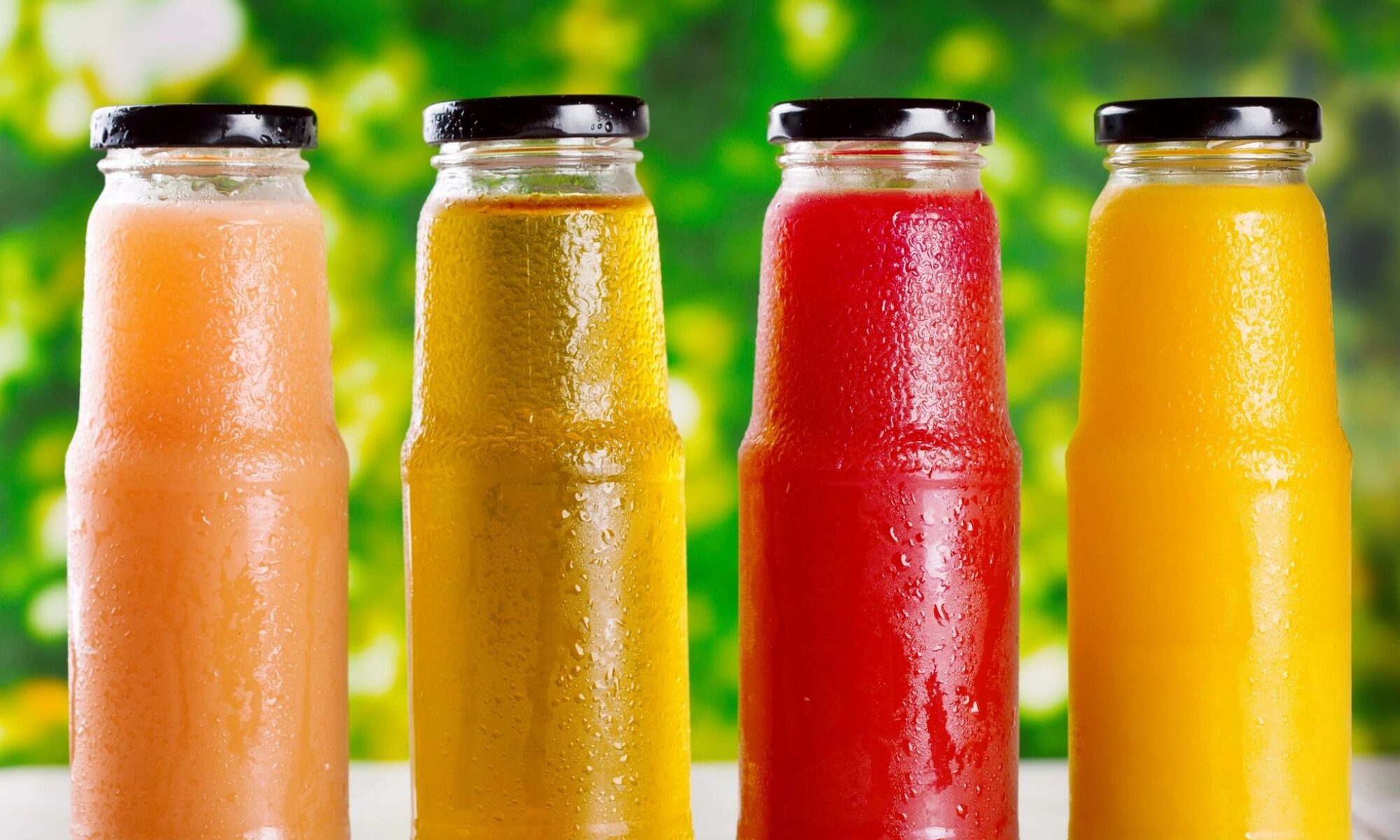A Food and Beverage Company that doesn’t make Good Use of Social Media is Shooting itself in the Foot
The intense competition that exists in the food and beverage industry can make it difficult for smaller brands to gain the attention of consumers. Using social media marketing effectively can make a difference. People tend to try out new foods and beverages based on personal opinions, recommendations, and reviews. This shows how important it is for brands to interact with consumers on social media.
Influencers
Just one post by an influential food blogger about a specific product can generate countless impressions with high conversion rates. A social media presence gives brands the opportunity to connect with such influencers.
Brand personality
The personality of a brand is becoming more and more crucial when it comes to marketing. Relating to consumers on social media helps to build that personality and create loyal followers. Companies are seeking out creative ways to relate to their customers and get feedback their feedback.
Social media interactions
Millennials love sharing dining experiences and will post about interesting beverages they have tasted. They want multi-sensory experiences and food and drink play a big part in this. Well-presented or well-packaged food is likely to be shared on Instagram or Facebook. Social media interactions provide a way for brands to be recognized and to create a loyal customer base without having to resort to more direct forms of advertising.
Companies that do not use social media to their benefit are definitely shooting themselves in the foot. A strong social media presence is no longer an option for food and beverage brands –it’s an absolute necessity.






